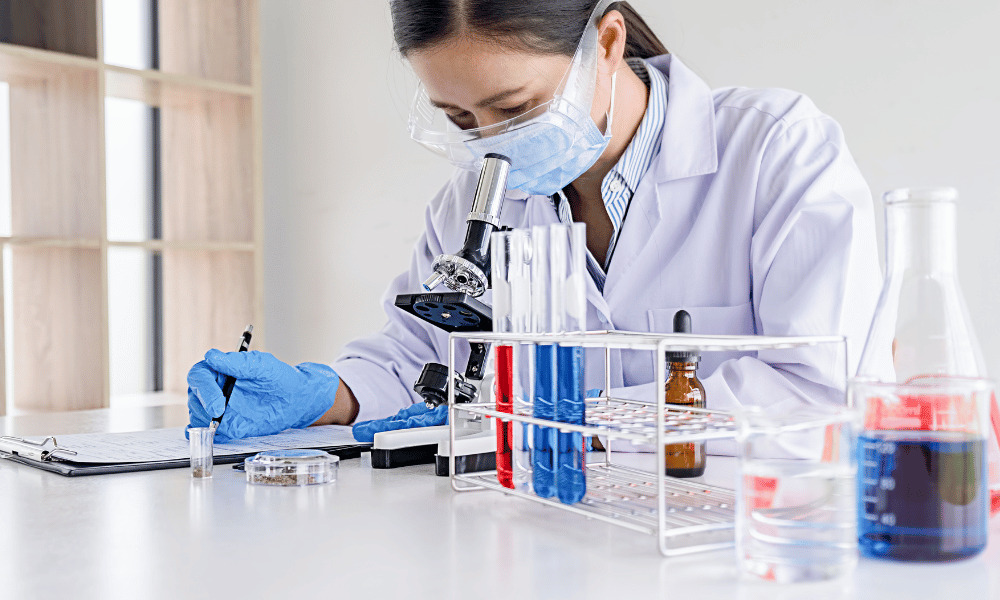
Researchers from Brigham and Women’s Hospital in Boston, Massachusetts, a founding member hospital of Mass General Brigham Healthcare System, conducted a study that revealed multiple correlations between phenol biomarkers and thyroid hormone levels among women seeking fertility treatment. The study results were published in Toxics and offer new insights into how environmental chemicals, lifestyle and other factors may influence reproductive health.
Today, many women suffer from thyroid issues. We wanted to determine how to predict thyroid hormone levels to improve women's health. "A woman's well-being is not the only thing that matters. Her fertility, and knowledge about dangers are also important."Lidia Minguez Alarcon, Ph.D., MPH, is a senior author and assistant professor at Harvard Medical School. She is also a reproductive epidemiologist at Brigham and Channing Division Network Medicine. She researches the Environment and Reproductive Health Study (EARTH).
Exposure to phenols in products such as toys, toothpaste, sunblock, packaging for food, or food preservers, can cause hormonal imbalances, resulting in adverse effects on health. These chemicals have been studied individually, and the effects they can have on thyroid function. The combined effect of multiple phenols, especially regarding female fertility, is still not fully understood.
The body’s ability to reproduce depends on a constant balance of hormones. External factors, such as exposure to hazardous environmental conditions, can cause disruptions to the body’s hormone levels. Researchers at Brigham sought to determine the effects of common chemicals found in the environment that were shown to affect thyroid hormones.
The study involved 339 women who sought care in a fertility clinic. The team measured urinary concentrations of phenol biomarkers and tested serum samples to determine molecular markers for thyroid function and autoimmunity. The combined effect of the biomarkers was then assessed using various statistical methods.
This free ebook explains how to ensure that honey is authentic throughout the entire supply chain by testing it. Get the most recent edition Researchers were better able to capture the real-world effects by evaluating simultaneous chemical combinations, as people are not exposed to chemicals one at a time but hundreds. Researchers found that urinary triclosan, methylparaben, and bisphenol A were all associated with thyroid hormone levels. Some of these were indicative of thyroid disorders, such as hypothyroidism. These phenols are found in products regulated by the United States Food and Drug Administration.
Researchers acknowledged some associations they measured were different from previous findings. This could have been due to differences in study populations, biomarker concentrations, or other phenols not measured. Future studies need to repeat the tests and take into account the long-term effects of thyroid dysfunction.
This study was unique because it focused on women with suboptimal fertility and who were shown to have a higher thyroid disease risk. Minguez Alarcon said. In previous studies with the same cohort (EARTH), it was found that women who had altered thyroid hormones also showed lower ovarian reserves, as measured by a decreased antral follicle number. While more longitudinal studies are needed to confirm these findings, it is possible that preventing large fluctuations in thyroid hormone levels can be critical for a woman’s reproductive potential.
Source:
Reference : McGee, G., et al. (2023) Associations of Maternal Urinary Concentrations of Phenols, Individually and as a Mixture, with Serum Biomarkers of Thyroid Function and Autoimmunity: Results from the EARTH Study. Toxics. doi.org/10.3390/toxics11060521
